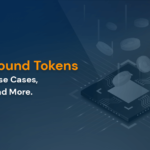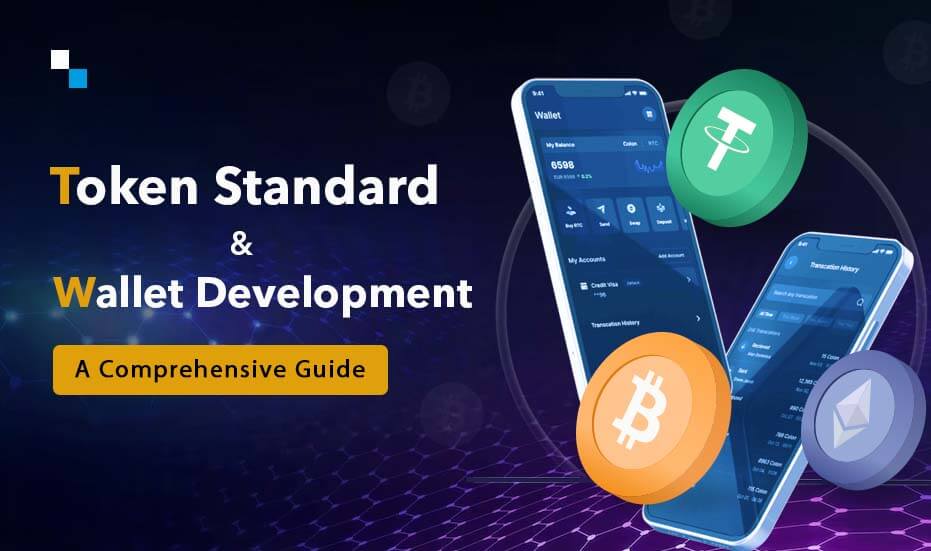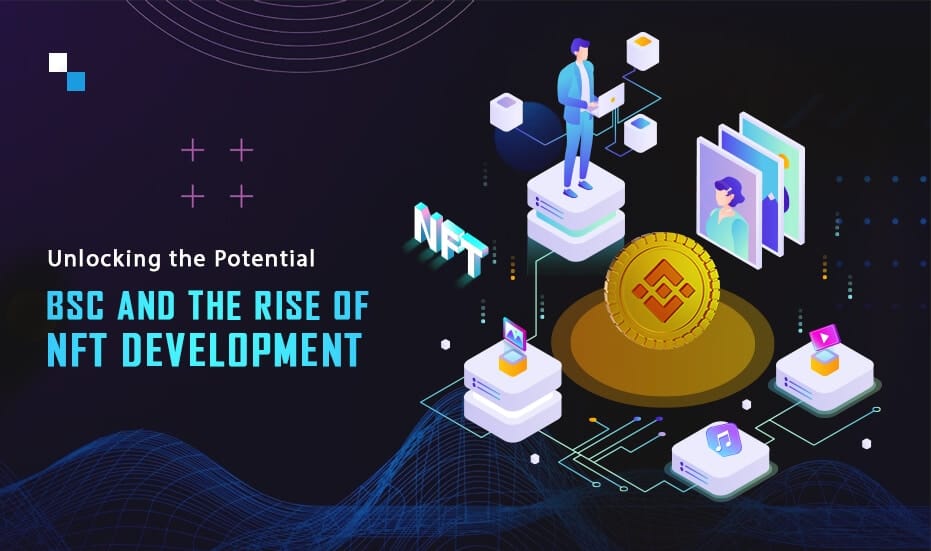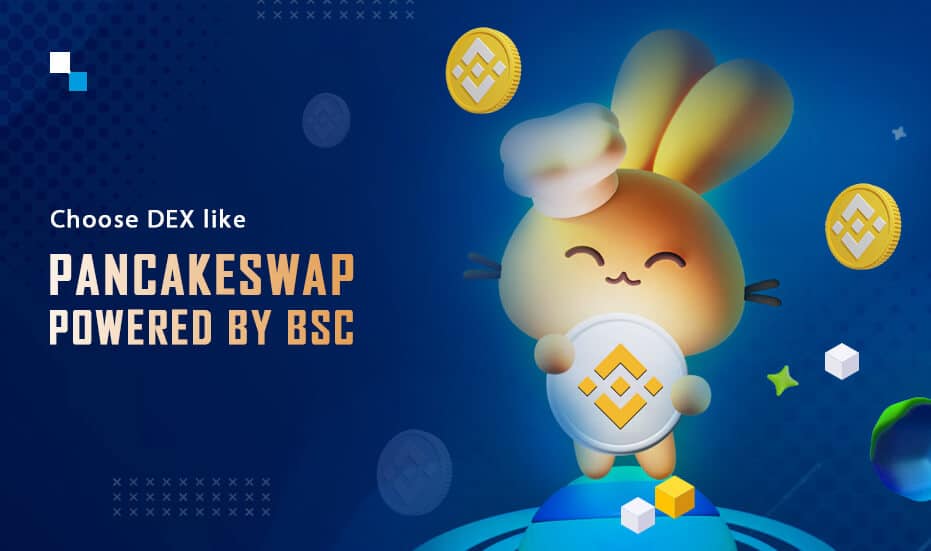Table of Contents
What is Binance Chain?
Binance chain is a blockchain developed and launched in 2019 to support the Binance decentralized exchange. It also powers the Binance coin. After its launch, Binance realized it needed all the functionality it wanted. They still saw a use for it, so instead of scrapping it, they kept it and built the Binance Smart Chain.
Binance Smart Chain: The Origin
Let us understand what it does, why it was built, and how it runs alongside its counterpart Binance chain. We’ll also examine some of its drawbacks and the future of the Binance smart chain development.
Why was the Binance smart chain developed?
It’s essential to first look at the limitations of Binance’s first blockchain, the Binance chain. In April 2019, Binance unveiled the Binance chain blockchain to serve its decentralized trading vision.
At the same time, it launched the Binance decentralized exchange, which is built for high transaction throughput.
Binance aimed to offer a more friendly user interface and user experience, superior to the clunky decentralized exchanges on the market for trades on the platform. It sought sub-one-second confirmation times.
Migrating From Binance chain to Binance Smart Chain
The problem with the Binance chain is that it needs to be more flexible.
It could have been optimized for smart contracts. Scalability also became an issue, and that’s why the idea of Binance smart chain development came into existence.
According to Binance, upgrading the Binance chain to introduce additional functionality would have made the network less efficient by bogging down the network’s speed. Instead, they decided to build the Binance Smart Chain, enabling the same level of speedy transactions while vastly expanding the features and capabilities available.
Advantages
The Binance smart chain runs parallel to the Binance chain and offers a platform for developing decentralized applications and other DeFi solutions.
It has cross-chain asset transfers, a three-second block time interoperability with the Ethereum virtual machine, and a proof of stake consensus algorithm.
Hire Us to Create Your Token On Binance Smart Chain
Schedule Free DemoBinance smart chain development is based on four key principles:
- Ethereum compatibility
Binance relied heavily on Ethereum, the most popular smart contract platform. It had a significant user base as well as miners and developers.
Despite challenges, including high gas prices and security risks, the network has outperformed the competition.
Binance chose not to reinvent the wheel, opting instead to use what worked for Ethereum.With a few tweaks, the most notable of them being the consensus mechanism, cross-chain interoperability is made more accessible by copying Ethereum’s source code allowing native Ethereum decentralized apps to be readily ported to the Binance Smart Chain. - Staking
The Binance smart chain uses a staking consensus mechanism to ensure community engagement in governance and block creation from the community.
However, the primary reason Binance chose staking over mining was that it prioritizes network speed. Staking is also less harmful to the environment and allows for speedier block creation. - A Standalone Blockchain
As previously mentioned, the Binance Smart Chain was built separately from the Binance chain by separating the two blockchains. Binance ensured that there would be no service outages if one of them failed.
Binance was also able to add new technologies that were either not used before or were tried but had unfavorable results or side effects. - Native Cross-Chain Communication
Binance made sure to design native cross-chain interoperability between the two blockchains. Binance decentralized exchange tokens on the Binance Smart Chain network can now be readily traded for other tokens for all its vital upgrades.
How Does BSC Work?
Binance Smart Chain uses Proof of Staked Authority (PoSA) consensus mechanism. A maximum of 21 validators are active on the network, which speeds up the validation process. It’s a modified form of Proof of Stake (PoS), and also combines the features of Poof of Authority (PoA).
The name of the token used for staking is BNB and they are burned regularly, resulting in fewer outstanding balances. Reducing the supply may appear to be a good thing as it often leads to a rise in token prices.
Future of Binance Smart Chain Development
What does the future hold for the Binance Smart Chain?
When it was first launched, it gathered a lot of attention.
Binance smart chain’s future goals include facilitating broader interoperability in the blockchain realm, including between blockchain decentralized applications and assets, all within a compatible ecosystem.
The future of any blockchain is undoubtedly unknown. Even with tendencies pointing in one direction or another, even though it heavily relies on Ethereum, the Binance Smart Chain still offers an additional option to build upon aside from Ethereum, given its focus on higher speeds and lower fees.
In February 2022, it was also announced that the Binance Chain and Binance Smart Chain would be rebranded into a unified name called the BNB chain.
Upshot
Binance calls the BNB chain the evolution of Binance smart chain.
Antier’s team fully understands the need for Smart Chain Development and is well-prepared to provide DeFi solutions on this unique blockchain platform. Connect with the subject matter experts now!







